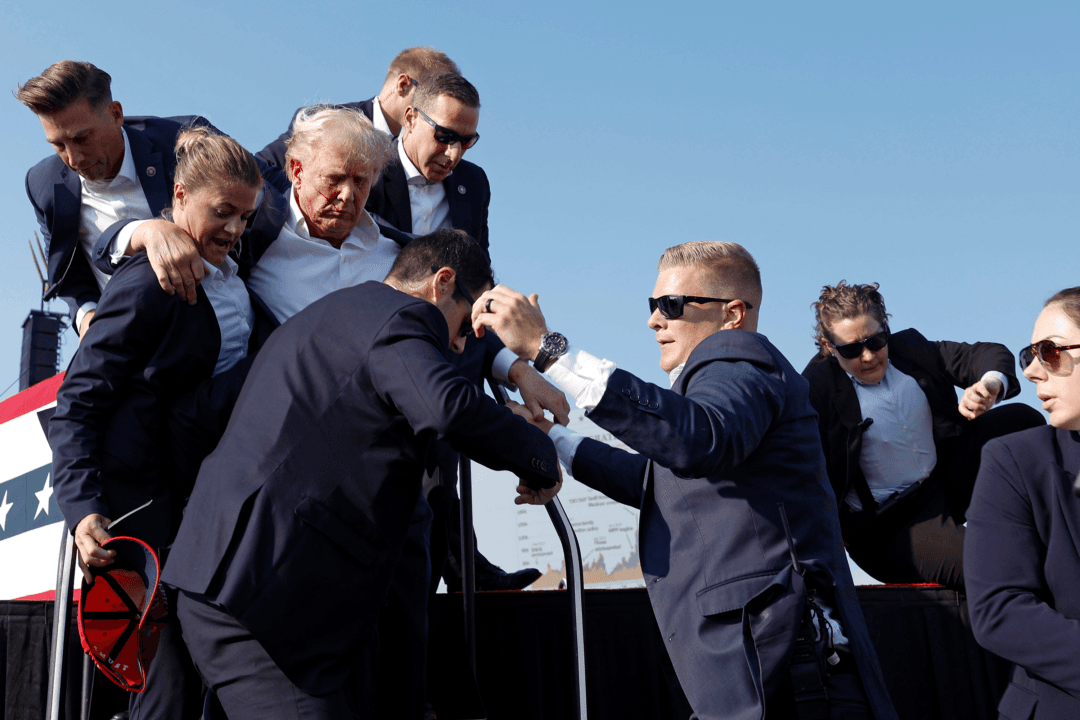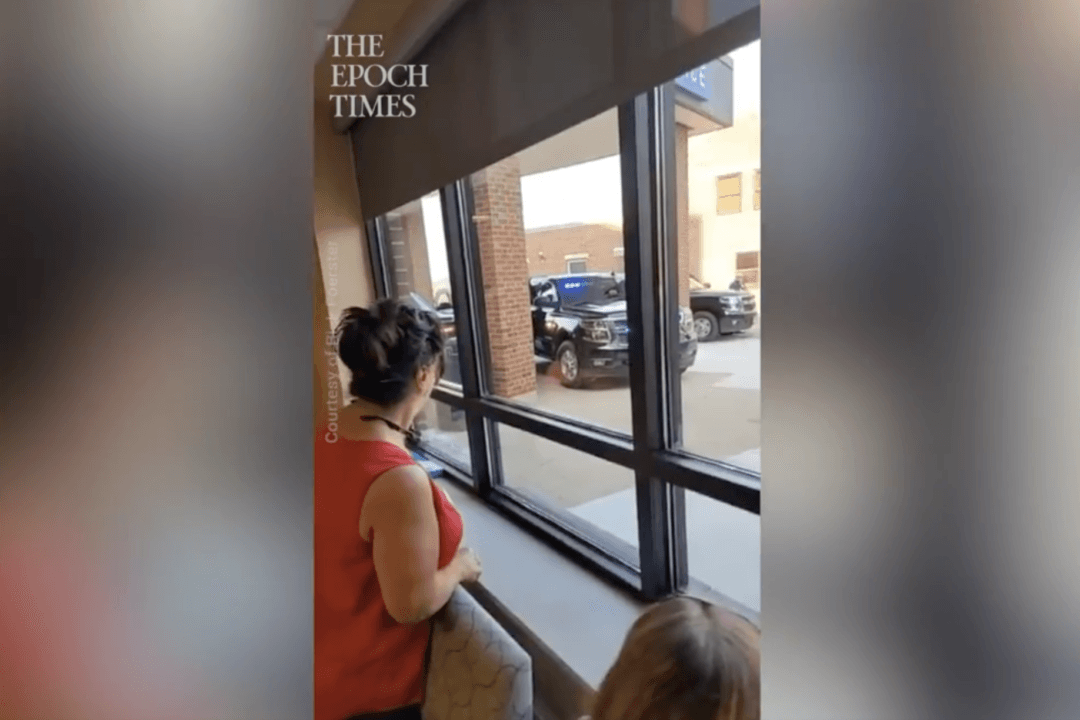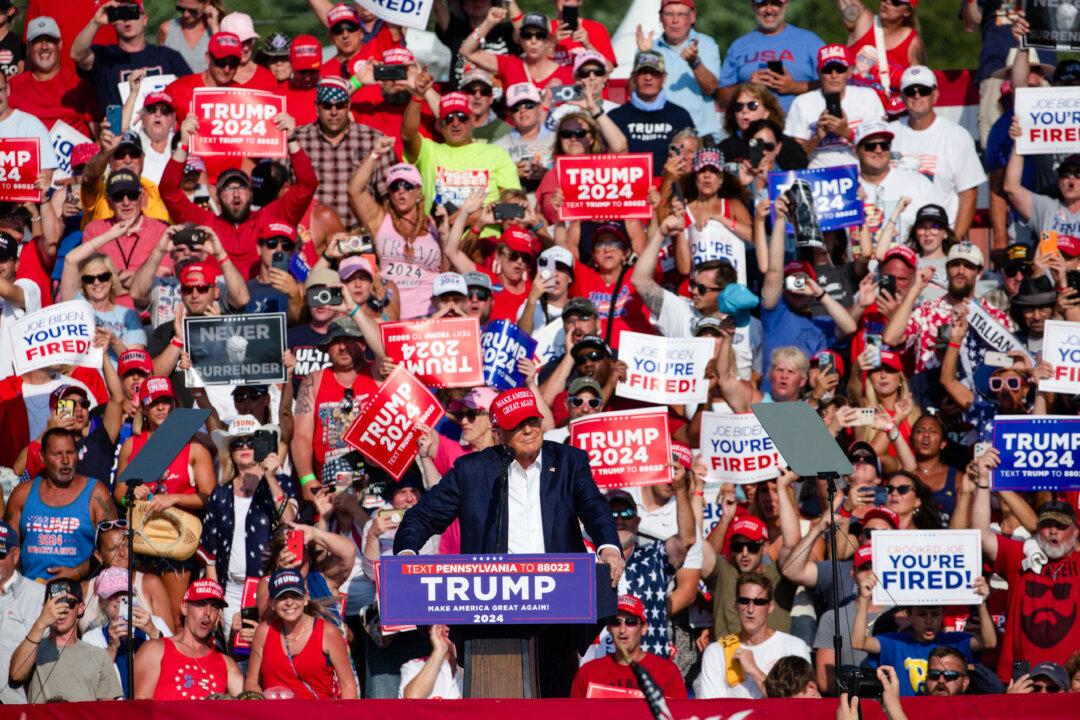The persuasive pitch for joining a union is that, together, members have a voice to build a safer workplace with better benefits and wages. But the four most powerful unions representing government employees, instead of directly benefiting workers, have spent nearly 60 percent of their membership dues on campaign donations and other political efforts.
The four government unions combined, spent nearly $709 million on politics during the 2021–22 election cycle, and 96 percent of that spending went to Democratic candidates and organizations, according to a report from the Commonwealth Foundation, a right-leaning Pennsylvania-based think tank.





